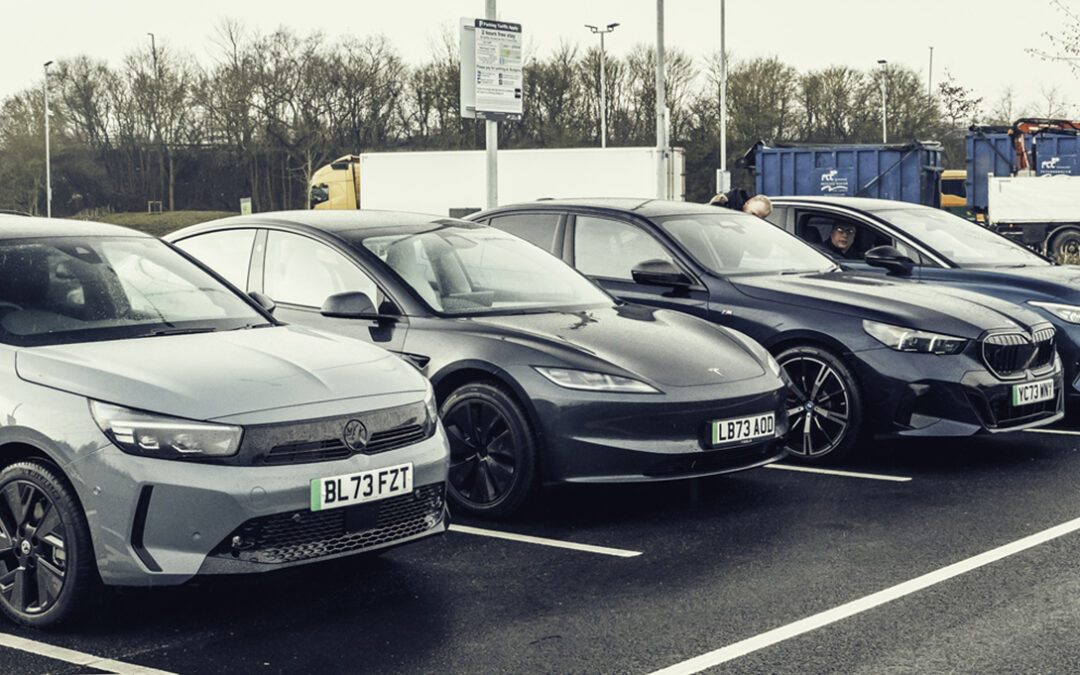EV sales are slumping! And booming! And… it’s complicated
The future’s looking bright for electric cars, if only you could see it through the fog of confusion and contradictory data
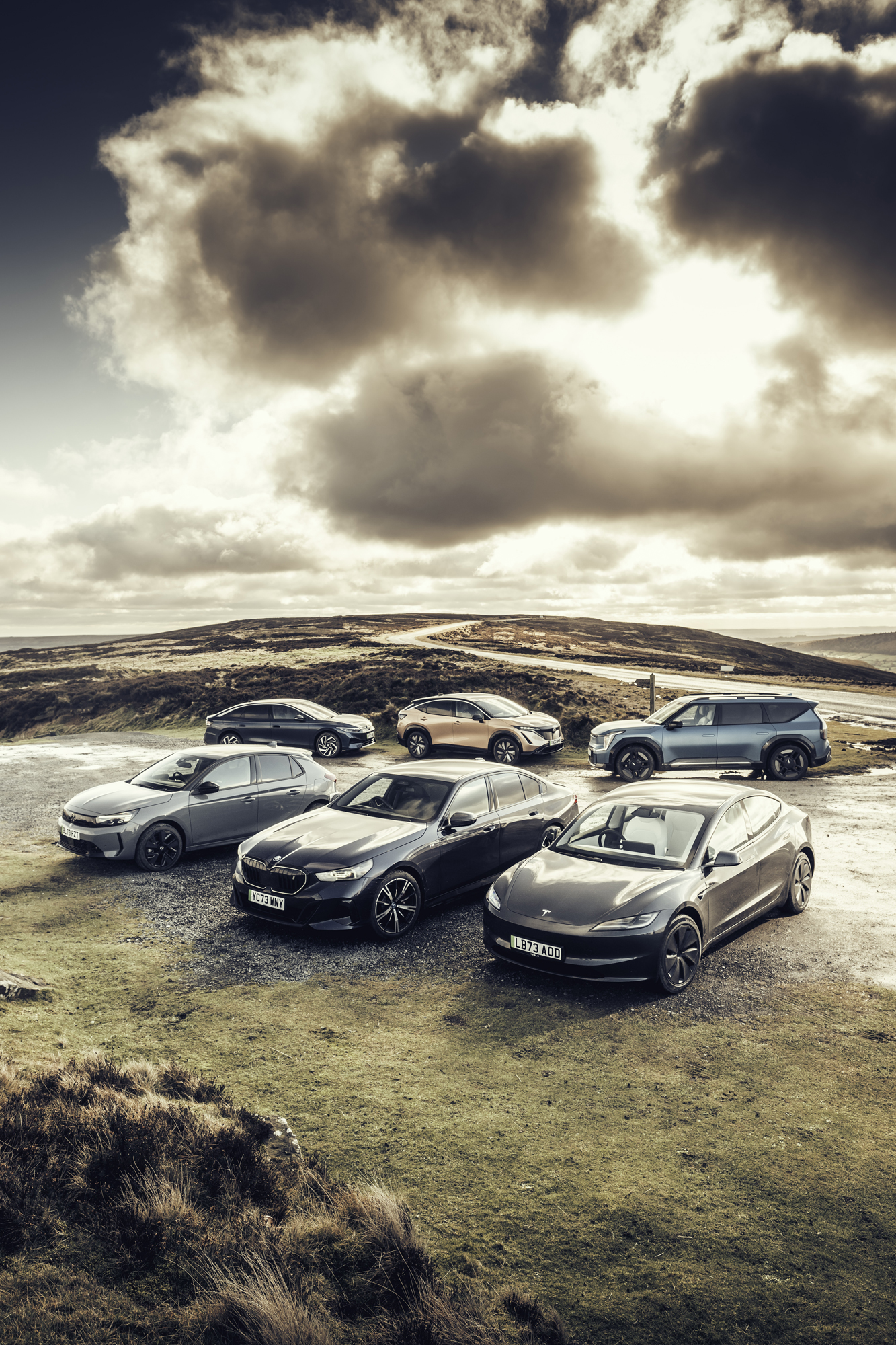
Who knows what the real level of EV demand is? The appeal of a particular car or a type of car used to be easy to quantify. The bald numbers showing sales growth or decline served as a decent gauge of interest.
Not any more. As electric cars are being pushed into the market in compliance with climate-change legislation, the level of true demand is much, much harder to gauge.
For example, in the UK continuing EV sales growth is being driven almost entirely by business fleets. Because company-car drivers are incentivised via reduced tax to choose low-CO2 cars, EV overall sales remain buoyant.
However, the plain sales figures hide the fact that retail (private) sales accounted for just one in five of every EV sold in the first seven months of the year, according to figures from Dataforce.
So while UK EV sales have risen so far this year by 10 per cent, private sales have actually fallen 9.5 per cent.

Across the wider EU, lower overall fleet share compared to the UK tells a different story. To the end of July, EV sales were up just 0.6 per cent to 1.1 million, with the month of July registering a fall, according to figures from European automotive lobby group ACEA.
Do those European figures reveal apathy in the electric retail market, given fleet levels of around 60 per cent against 80 per cent in the UK? Not necessarily, because the variables are such that the true reasons are masked.
Driven by Europe’s patchwork approach to EV incentives, national markets operate completely differently from one another. Belgium, for example, is a relatively big EV market due almost entirely to its corporate demand, with private sales making up just 13 per cent. Meanwhile France’s EV market is two-thirds private, spurred on by purchase incentives.
‘Then you have the unseen EV turmoil being played out behind the closed doors of individual car companies’
The differences are reflected in the sales charts. Corporate customers often spend more per car, so the UK EV chart this year is topped by the Tesla Model Y followed by the Audi Q4 e-Tron, Tesla Model 3 and BMW i4. In Belgium it’s the two Teslas out in front followed by the Volvo EX40.
In private-led France, on the other hand, the Peugeot E-208 small hatchback is top of the electric charts followed by the Renault Megane E-Tech compact.
Germany, meanwhile, is skewing everything downwards. Europe’s single largest car market last year axed purchase incentives for EVs, resulting in a whopping 20 per cent drop in sales there this year.
Then you have the unseen EV turmoil being played out behind the closed doors of individual car companies. Tesla, a company freighted with more internal drama than most, has experienced a dramatic fall in sales of its best-selling Model Y in Europe.
Despite losing almost 37,000 sales, the Model Y remains Europe’s best-selling EV by far, shifting almost double the units of the second-placed Tesla Model 3.
Tesla’s outsize role in the EV market is even more stark in the US, where the brand accounted for nearly half of the country’s 575,520 EV sales to the end of June, a rise of 6.1 per cent from the year before.
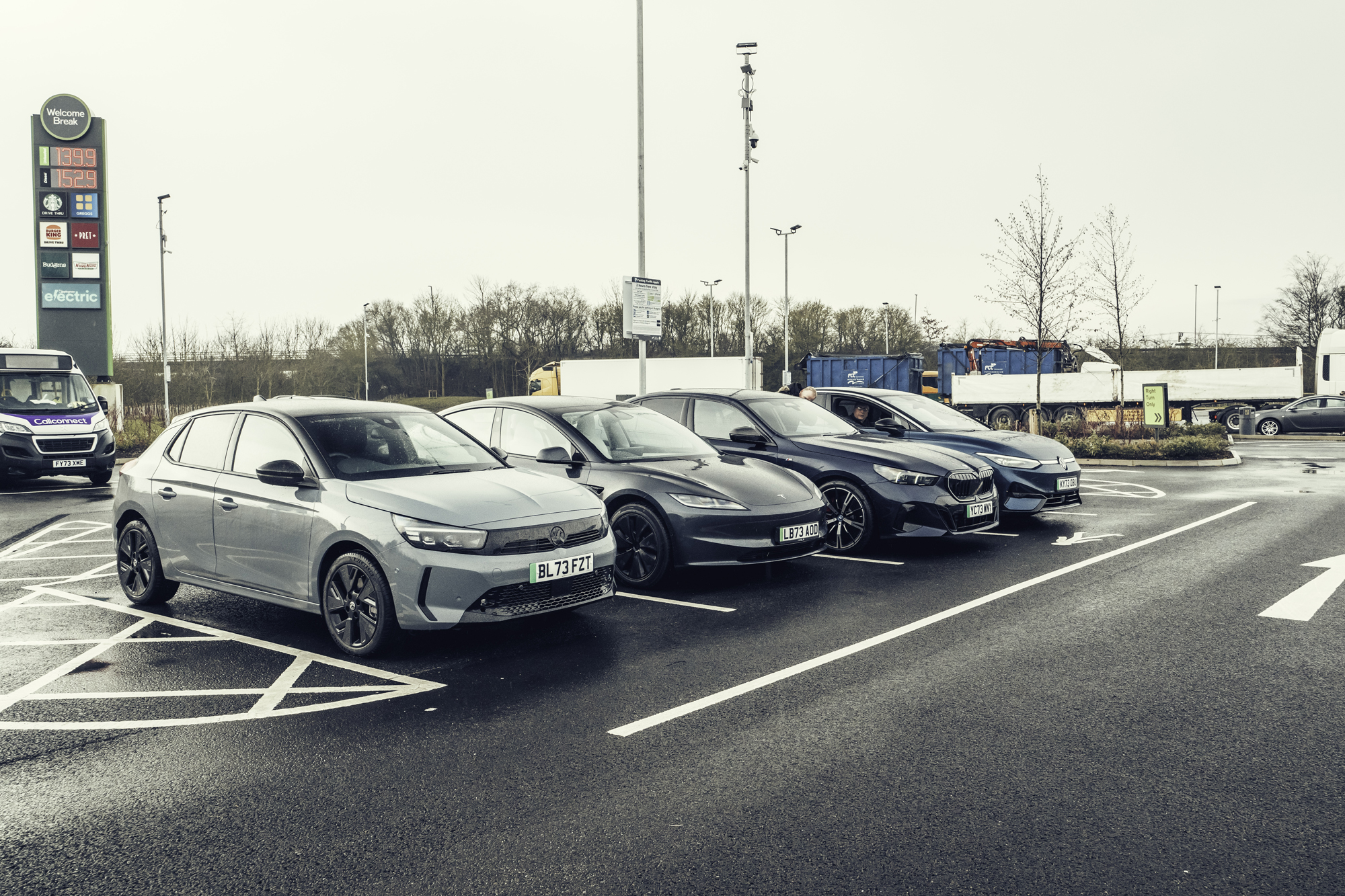
In Europe, however, Tesla doesn’t have so much impact, accounting for less than a fifth of the EV market. This year, plummeting sales for the VW ID. 4 and ID. 3, the Fiat 500e and Dacia Spring were also sizeable enough to impact the whole sales chart.
This could be due to a cooling of consumer demand as inflationary pressures bite. But those registration falls could also be attributed to company decisions to throttle production on a loss-making car to wait for a cheaper battery chemistry or generally get a better handle on production costs in the face of cheap Chinese competition.
For its part, VW says the fall is due to a ‘normalising’ of demand after order banks built up during the supply-chain crisis, elevating 2023 sales artificially, but only its executives really know.
All car makers, however, are on a deadline to meet tighter emissions legislation by selling more EVs. UK manufacturers are already having to cope with the so-called ZEV mandate that insists they sell an ever-growing percentage of EVs, starting with 22 per cent this year. It’s a tougher version of the approach pioneered by California, which requires car makers to sell an increasing number plug-in and electric vehicles, to hit 50 per cent by 2030.
The European Union has mandated for next year a cut in the average CO2 output to 94g/km – Toyota Yaris Hybrid levels. The bank Jefferies has calculated that requires an EV share of 24 per cent against a predicted 16 per cent this year. Either that or find a reduction in combustion-engine emissions by a quarter (which has to mean selling lots of plug-in hybrids).
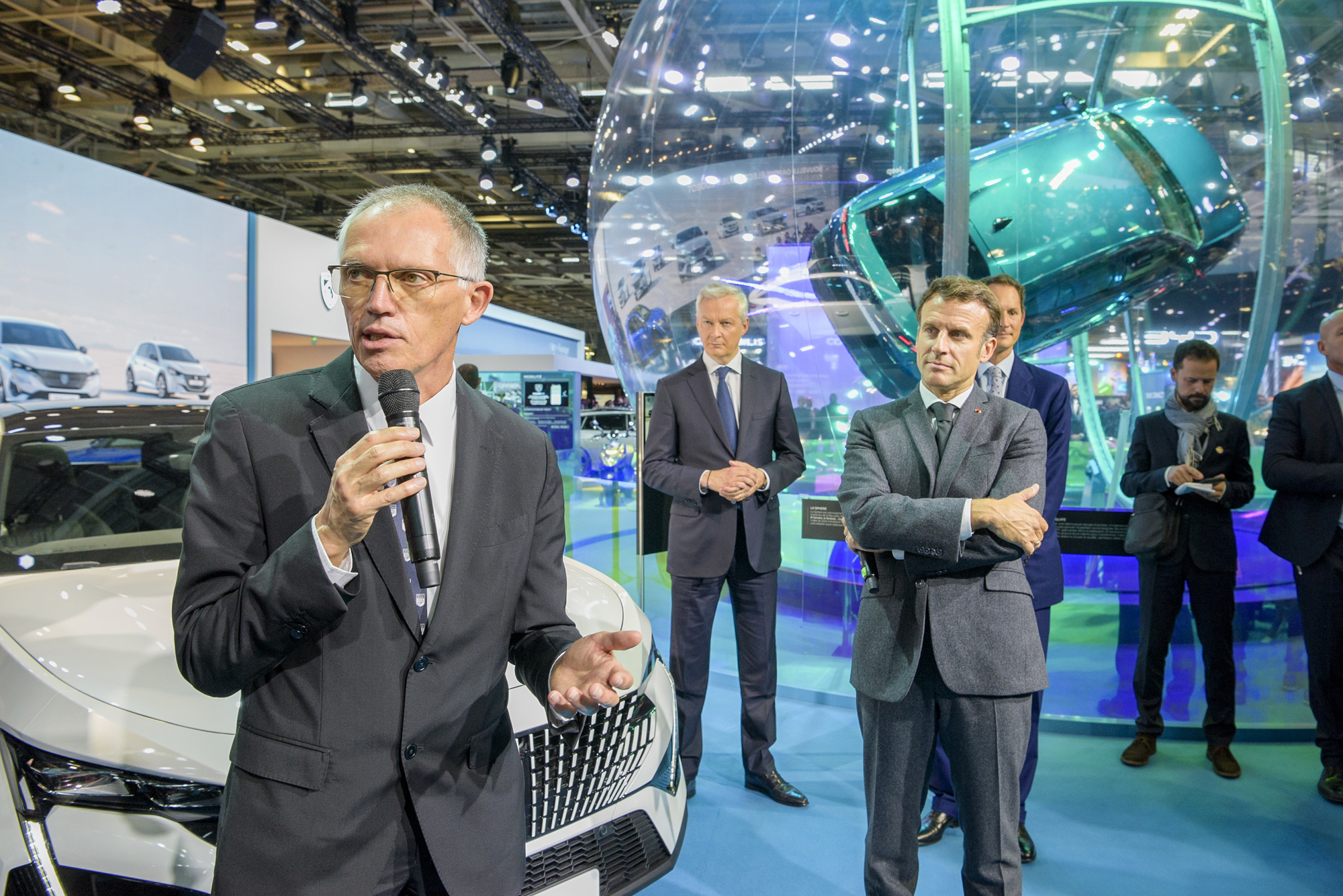
This isn’t feasible, argues Renault Group CEO Luca de Meo. ‘The EV market has been surprisingly dynamic in the last few years, but it doesn’t match the speed that is required to hit what they are asking us to do,’ he told investors in July.
VW Group has the biggest struggle to hit the targets next year, Jefferies predicted.
The backlash to the ZEV mandate in the UK, meanwhile, has been articulated most forcefully by Stellantis CEO Carlos Tavares, who declared it a ‘terrible thing’ for the country and warned it could kill the domestic car industry, while threatening to twist the knife himself by axing one or both Vauxhall plants if something isn’t changed.
Big-volume car companies are complaining loudest because they don’t see that crucial retail demand for EVs – cars that are conspicuously more expensive than their combustion equivalents, unless the manufacturer offers a ruinous discount.
Premium car makers, on the other hand, are rapidly increasing EV sales, helped by the richer corporate crowd and the fact they can better price a profit margin into cars with expensive batteries.
Of the top six EV brands in Europe so far this year, five were premiums, with BMW taking over second place behind Tesla from VW. Volvo, meanwhile, leaped ahead of Hyundai, Kia, Renault and Peugeot to take fourth.
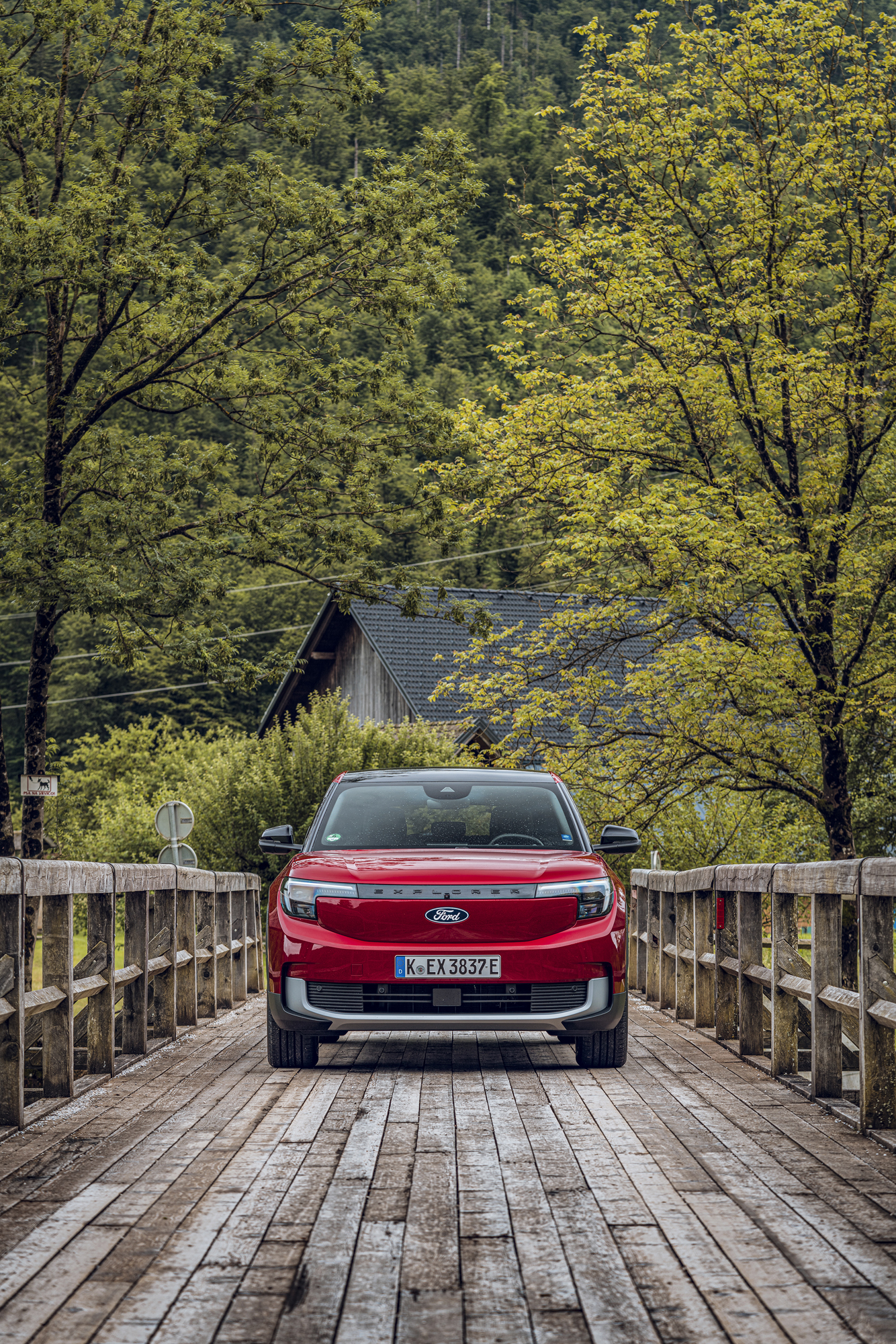
Cheaper, smaller EVs appealing to private customers have been thin on the ground so far, but – surprise, surprise – that all changes ahead of the 2025 CO2 legislation squeeze, prompting cars like the new Citroën e-C3 from Stellantis, which is selling for as low as €14,800 in France with purchase incentive. Nothing focuses the mind quite like the threat of non-compliance fines.
The loudest cry of pain is coming from the States, where the dream of repeating Tesla’s remarkable success hasn’t materialised for either the copycat start-ups like poor doomed Fisker, or the big players. ‘Overall, the EV journey has been humbling,’ Ford CEO Jim Farley said on his company’s second-quarter earning call in early August as he signalled yet another change of plans for the company. Ford, GM and Hyundai have all dialled back EV strategy there in response to tepid US customer demand.
‘Is there any real demand for EVs? There certainly is if the price is right’
Such is the size of the US market and the bubble of expectation around EV demand that its popping has cast a pall across the automotive world, particularly with those car makers who hoped to use volume there to offset global development costs. The US’s failure to embrace electric in sufficient quantities is exacerbated by the fact that in China – the world’s largest EV market – customers have shown they prefer home-grown EVs to those from global car companies.
Is there any real demand for EVs? There certainly is if the price is right. Recipients of the limited-time £100-a-month deal on the Chinese Maxus T90 electric double-cab pick-up report on EV forums how tolerant they are of range and other issues. EVs, meanwhile, are proving very popular in Portugal, where market share so far this year is running at 18 per cent, above the European average despite the country not having the wealth of the more northerly nations that have mostly driven EV sales in Europe so far. One possible reason: Portugal is home to some of the continent’s cheapest electricity thanks to its high renewables generation.
China has demonstrated it’s possible to cut the cost of making EVs close to that of combustion-engine cars. Combine that with cheap energy and it paves the way for artificial demand to be replaced by the real thing.

